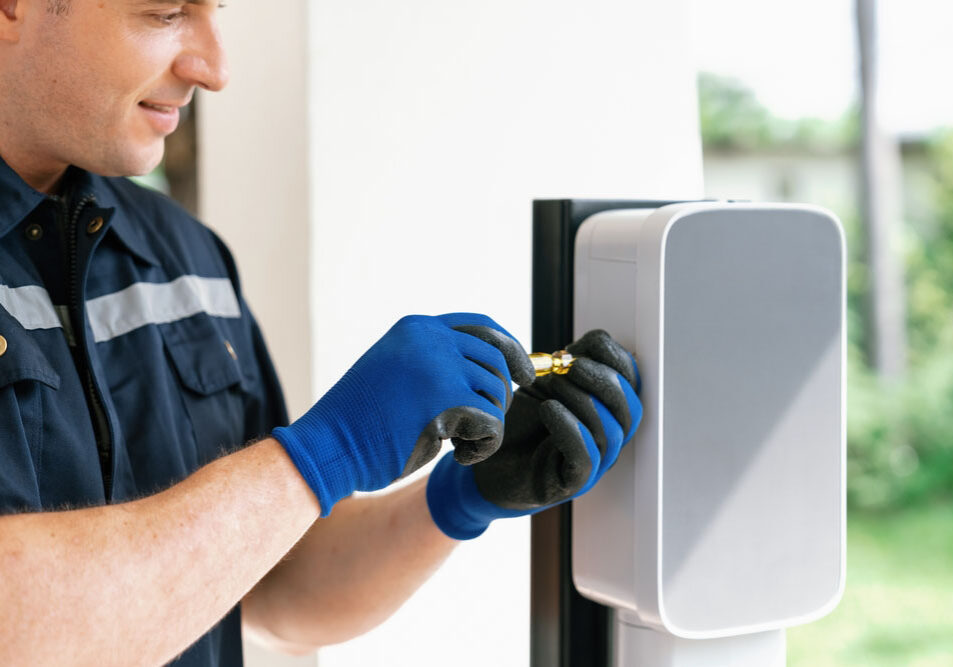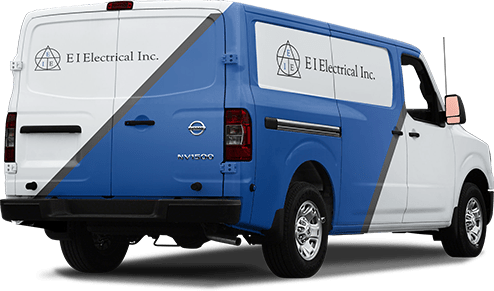Avoid These Common Mistakes When Installing Residential EV Chargers

With the rise in electric vehicle ownership, installing a home EV charger is a convenient solution for faster, reliable charging. However, mistakes in the installation process can lead to added expenses, inefficiency, or even safety hazards. Here are the top mistakes to avoid for a successful EV charger installation in Mililani, HI.
Skipping a Dedicated Circuit
One of the most critical steps in EV charger installation is setting up a dedicated circuit. Using an existing circuit might seem like a quick fix, but EV chargers demand a substantial amount of power. When they share a circuit, there’s a high risk of tripping breakers or even overloading the electrical system. Installing a dedicated line directly to the electric car charger protects both the system and your vehicle’s charging efficiency.
Choosing the Wrong Charger Type
Not all EV chargers are the same, and selecting one without considering your specific EV model and driving needs can be a costly mistake. There are Level 1 and Level 2 chargers, with Level 1 being slower and suitable for less frequent use, while Level 2 chargers offer faster charging and better support for daily driving demands. Picking the right level for your vehicle’s battery capacity and your daily usage patterns can help maximize convenience and energy efficiency.
Improper Sizing of Electrical Wiring
Using improper wiring or failing to size wires correctly is a frequent error in EV charger installations. Insufficiently sized wires can overheat, leading to power loss or even electrical fires. It’s essential to use wiring that can handle the amperage and voltage demands of the charger for both performance and safety. A licensed electric vehicle charger installation electrician will know the exact specifications for EV charger installations, making them a valuable asset in preventing these issues.
Ignoring Location Requirements
Where you place your EV charger matters for both accessibility and safety. Many homeowners make the mistake of installing chargers in areas that are either difficult to reach or exposed to adverse weather conditions. A well-placed charger—preferably in a garage or under a carport—provides ease of use and protection from the elements. This positioning also keeps cables out of walkways, reducing trip hazards.
DIY Installation Attempts
Lastly, trying to handle an EV charger station installation without professional assistance is a major pitfall. While DIY projects can be tempting, EV chargers require careful electrical work that aligns with local codes and safety regulations. Mistakes here can lead to costly repairs or safety risks. Hiring a licensed electrician who specializes in EV charger installations will bring peace of mind and save you potential headaches.
For safe and reliable EV charging solutions, contact E I Electrical Inc. Our team of licensed professionals provides expert EV charger installations, helping you power your drive with confidence.








